Archaic and Obsolete Playing Card Patterns
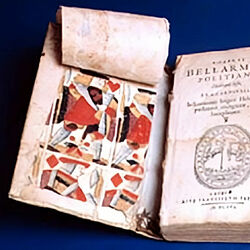
Playing cards have a rich and fascinating history, with a wide variety of patterns and designs having been used throughout the centuries. A lot of these early patterns have fallen out of use and are now considered archaic or obsolete. Often only one example is known.
These old, historic patterns are sometimes discovered as stiffener inside old book bindings when these are repaired, or under floorboards in old buildings during restoration. They are sometimes discovered in ancient rubbish tips. They are of great interest to collectors, historians, and enthusiasts alike.
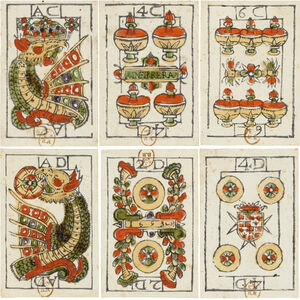
Infirrera
Italo-Portuguese-suited cards by Andrea Infirrera with the arms of Malta, 1693.

J. Deluy c.1490s
Archaic Spanish-suited cards produced by J. Deluy c.1490s.
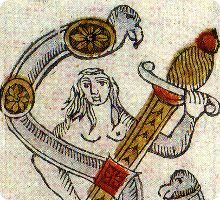
Joan Barbot
Joan Barbot, San Sebastian c.1765-1810.
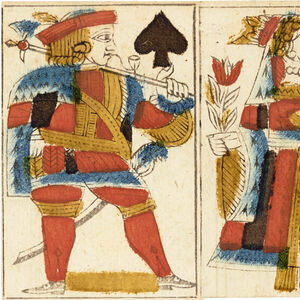
Lyon pattern by Michel Ressy
Lyon pattern by Michel Ressy, c.1760.
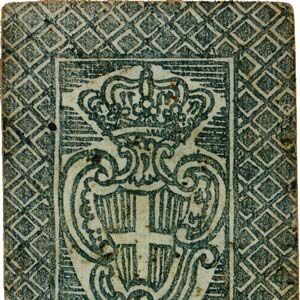
Malta
The so-called ‘Dragon Cards’, with winged monsters on the four Aces, are an enigmatic aspect of early playing card history.
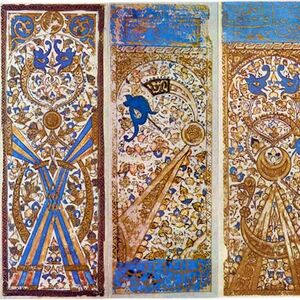
Mamluk Playing Cards
Nã'ib, the game of lieutenants... these cards are amongst the earliest Arabic playing cards extant.
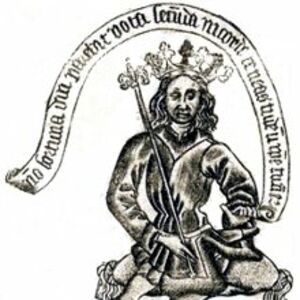
Master of the Banderoles
Playing Cards by the Master of the Banderoles, one of the earliest professional printmakers, c.1470.
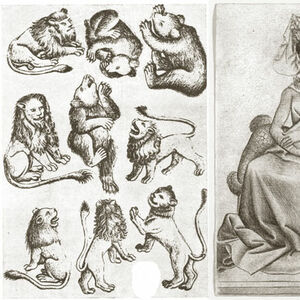
Master of the Playing Cards
Animal suited playing cards engraved by the Master of the Playing Cards, Germany, c.1455
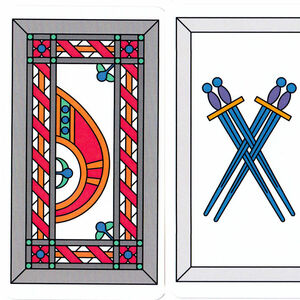
Moorish Deck
Review of “Trzes’ Moorish Deck” facsimile published by Ulrich Kaltenborn, Berlin, 2023.
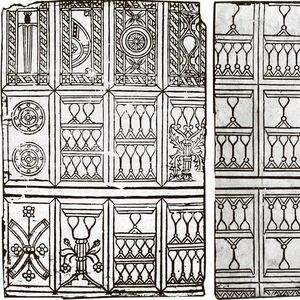
Moorish playing cards
These two uncoloured, uncut sheets of early Moorish playing cards were formerly preserved in the Instituto Municipal de Historia in Barcelona.
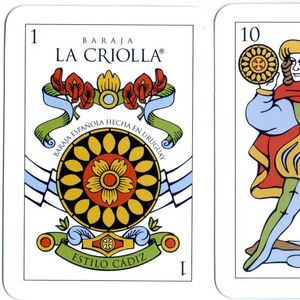
Naipes ‘La Criolla’ by Anabella Corsi
Inspired by an archaic Spanish pattern formerly used in Spain during the 16th and 17th centuries.
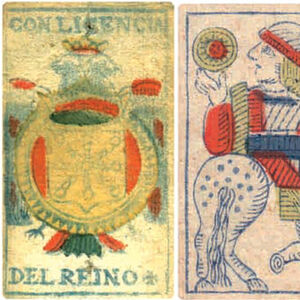
Navarra Pattern
Navarra Pattern produced for the Pamplona General Hospital Monopoly.
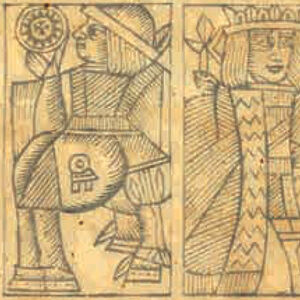
Navarra Pattern, 1682
Navarra pattern produced for the Pamplona General Hospital Monopoly in 1682.
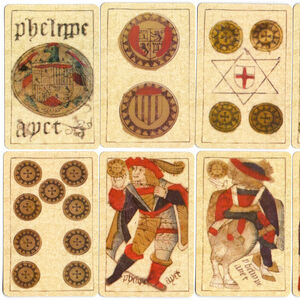
Phelippe Ayet, 1574
49 assorted cards were found hidden in the lintel of a doorway, in an old building in Toledo, during demolition, and are now preserved in the the Museo de Santa Cruz de Toledo.
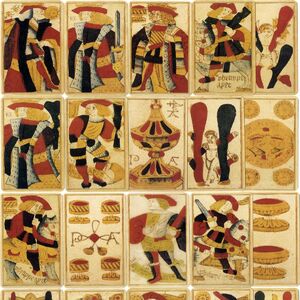
Phelippe Ayet, c.1574
Archaic, late medieval Spanish-suited playing cards printed by Phelippe Ayet, c.1574.
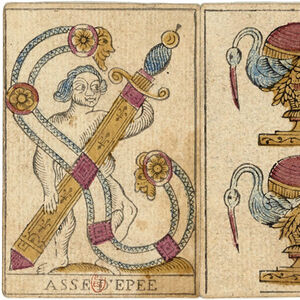
Pierre Roiné Aluette
Archaic form of Aluette published by Pierre Roiné, Nantes, c.1785.
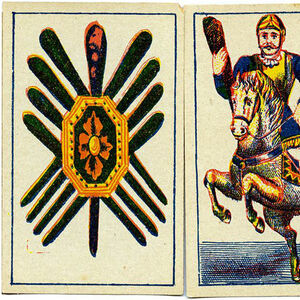
Portuguese cards for Brazil
Portuguese-type cards made in or for Brazil, c.1890.
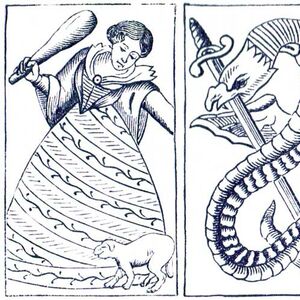
Portuguese pattern
19th century Portuguese pattern, re-printed from original woodblocks.
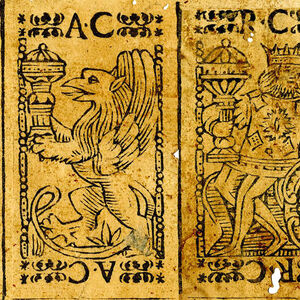
Portuguese-suited cards
Portuguese-suited cards with dragon aces, made in Italy, 1613.
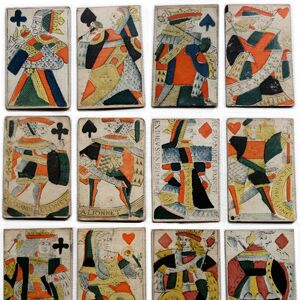
Provence Pattern
The 'Provence' pattern contains figures which go back to the fifteenth century.

